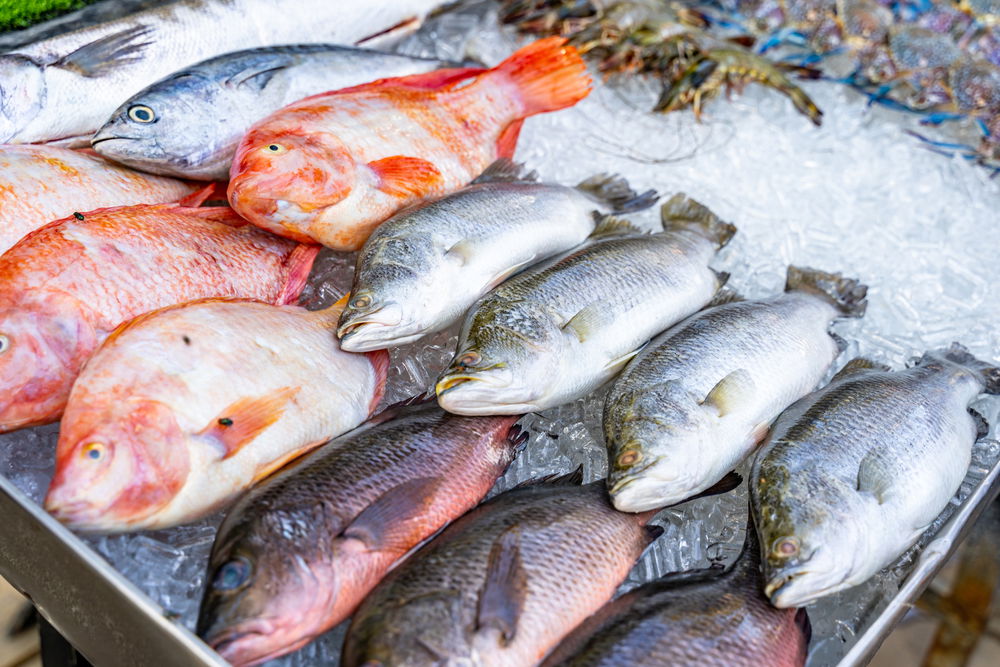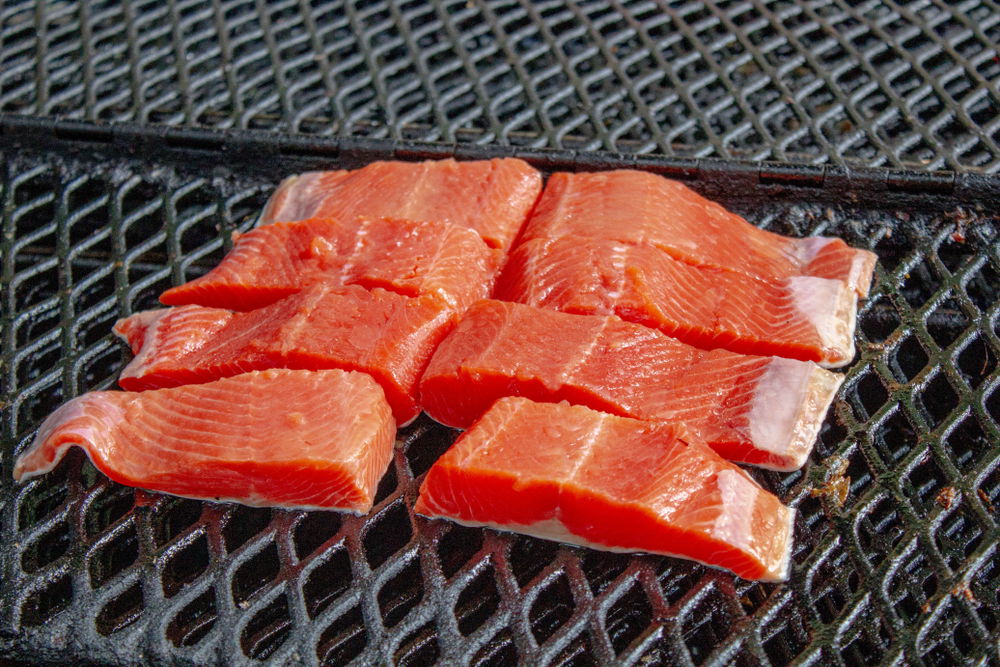7 Foods That Aren’t Always What They Claim To Be (3 of 4)
Advertisement

Fish
A lot of markets will sell you fish that claims to be one variety but is actually another. Of course, they still charge you the more expensive price for the cheaper fish. This is especially a problem when you’re buying frozen fish. Unfortunately, it’s not just stores that do this; it is estimated that around 85% of “white tuna” served in Japanese restaurants isn’t tuna at all but escolar, which has been known to cause stomach problems. If you want to be absolutely certain you’re getting the real deal, buy whole fish since it can be difficult to distinguish different types of fish after the butchering process.

Wild-Caught Salmon
Wild-caught salmon is one of the best types of fish you can eat. Not only does it contain heart-protecting Omega 3 fatty acids, but it has less mercury than salmon raised on a farm. But it should be noted that not all “wild” salmon is legitimately wild. Or at the very least, the current rules really stretch this definition. The fish only needs to spend half of its life in the wild to be classified as a wild salmon. The best indicators to look for are when you buy the salmon. Those sold between November and March are likely to have been farm-raised at some point. On the other hand, if you buy sockeye salmon, you can be certain it was wild-caught since attempts to raise this species on farms have so far been unsuccessful.